INOTEMA
Language, semantic, and business modeling technology innovation knowledge thematic network for improving the business environment
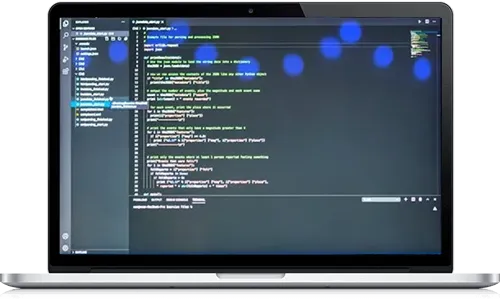
Since 2012, Advancing Computational Linguistics and Natural Language Processing
At TETRAGRAMA, we specialize in cutting-edge solutions for processing and understanding human language. With over a decade of experience, our team has been at the forefront of computational linguistics, applying advanced techniques in natural language processing (NLP) to help businesses and organizations make sense of large volumes of text.
Explore our services





Text gathering through web scraping involves using automated scripts or tools to extract data from websites.
Text analysis involves employing algorithms and machine learning techniques to extract meaningful insights from textual data.
Semantic analysis focuses on understanding the context and relationships between words to grasp the underlying meaning, often utilizing resources like word embeddings and ontologies.
The result can yield various insights, identification of patterns, trends, and relationships within the text, allowing for better understanding of user opinions, themes, and context.
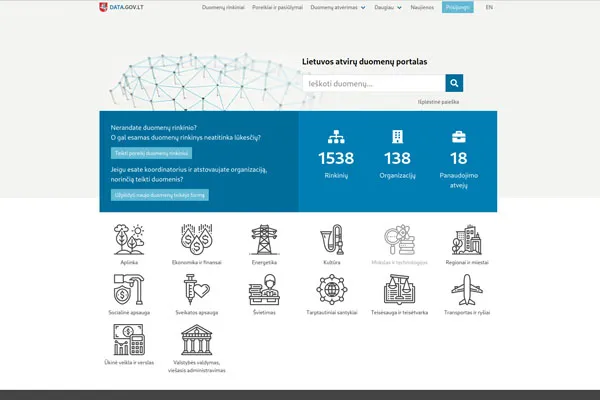
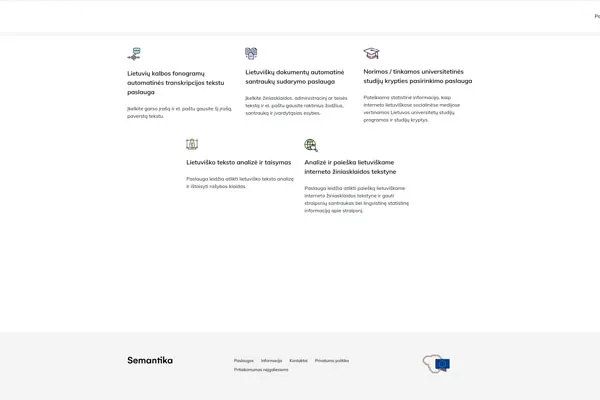
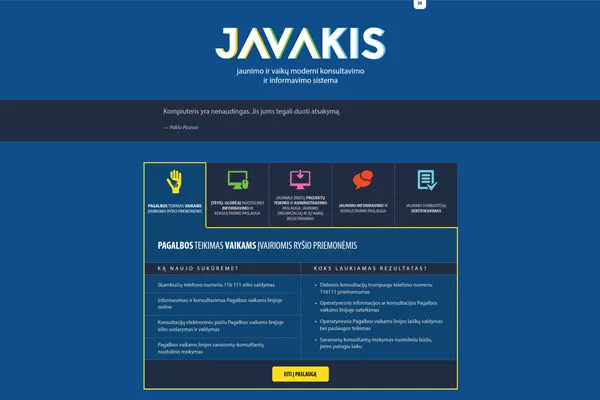
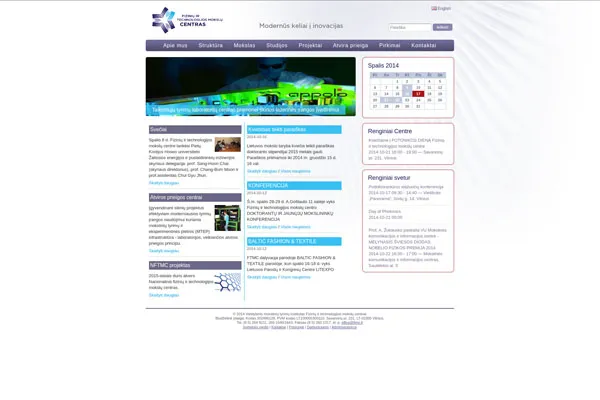
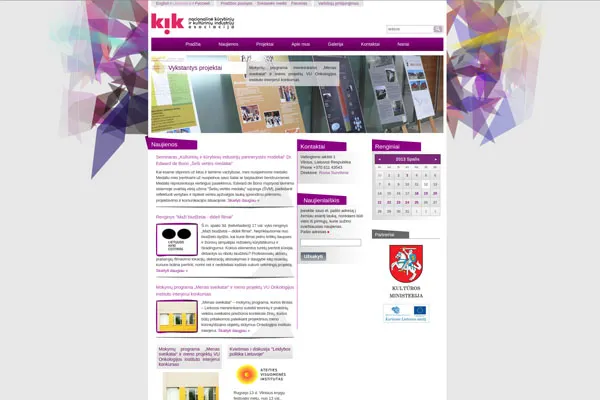
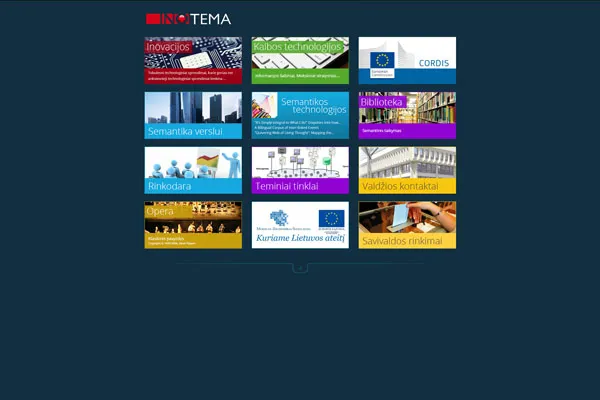
The field of text analysis is continually evolving, with researchers developing new techniques to handle increasingly complex language understanding tasks. Recent advancements include the development of large language models like GPT (Generative Pre-trained Transformer) that can perform a wide range of text analysis tasks with impressive accuracy.
Contact UsLanguage, semantic, and business modeling technology innovation knowledge thematic network for improving the business environment
Information system for syntactic and semantic analysis of the Lithuanian language
Information system for syntactic and semantic analysis of the Lithuanian language
A unified access point to all open data sets in Lithuania which enables technological means for open data providers to prepare and publish metadata of open data sets
Information system for information and counseling of youth and children